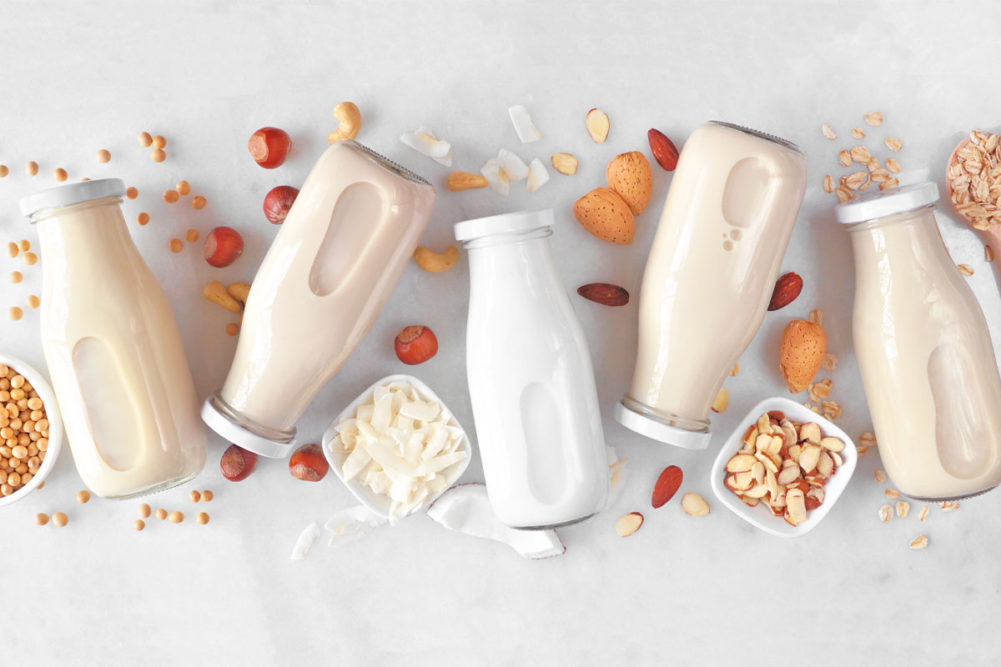
KANSAS CITY — The abrupt deceleration and even retrenchment of the plant-based dairy and meat alternative markets in the wake of the anomaly that was the COVID-19 pandemic has created a narrative that the categories are in trouble. While some companies, most notably meat-alternative makers, are struggling, the issues surrounding those businesses have more to do with management teams setting unrealistic growth expectations than underlying category health. A robust level of ongoing innovation in the dairy and meat alternative markets is setting the stage for growth, albeit at a more gradual incline rather than the rocket ship-like trajectory some promised.
Data from The NPD Group and IRI (the two companies merged in 2022), Chicago, show how consumers aren’t necessarily migrating from the market for alternatives but instead are drawn to applications they perceive as new and unique. At retail, the total sales volume of milk alternatives fell 3% in the 52 weeks ended Jan. 1, 2023, compared to a year earlier, according to IRI. Almond and coconut milk alternatives sustained some of the steepest sales drops. Oat milk alternatives bucked the downward trend in dairy alternatives, generating a 22% increase in sales volume versus a year earlier.
Meat alternatives sales volume in the frozen aisle was down 3% from a year ago, with lunchmeat, meatball and breakfast sausage alternatives the top decliners. Frozen meat alternative applications growing were wings, ingredient cuts and nuggets.
Fresh meat alternatives were down 15% compared to the prior year, with breakfast sausage, meatball and patty alternatives the top declining categories. The growth formats in the fresh retail case during the period were wings, ingredient cuts and nugget alternatives.
In foodservice, plant-based alternatives represent less than 1% of all foods shipped through broadline foodservice distribution to commercial and non-commercial outlets, with many categories growing. Plant-based meat analogs have expanded from primarily beef alternatives to poultry, seafood and pork. Sales volume of chicken and fish analogs shipped from broadline foodservice distributors increased by 38% and 5%, respectively, in the 12 months ending December compared to the year before.
The NPD Group forecasts dairy and meat alternatives will grow through 2024 and be driven almost entirely by millennial and Gen Z consumers who will choose the products because of their interest in sustainability, animal welfare and better health. These plant-based consumers will continue to look for interesting alternative dairy, meat, poultry and seafood innovations, flavor profiles, and formats.
Supporting The NPD Group’s contention millennials and Gen Z will drive category growth is market research by Morning Consult, New York. In survey data published in September 2022, the company found millennials and Gen Z are most likely to indicate that climate change impacts their everyday eating and drinking behaviors. The sentiments expressed by millennials and Gen Z align with the dairy and meat alternatives markets’ point of differentiation from conventional products.
Trends take time to establish — some often take years before becoming clearly defined. Consumers are in the early stages of determining how sustainability will impact their everyday lives, but dairy and meat alternatives appear poised to capitalize on these consumer interests. Growth will come from innovation, diversification of formats and demand for products perceived to be better for the environment.





